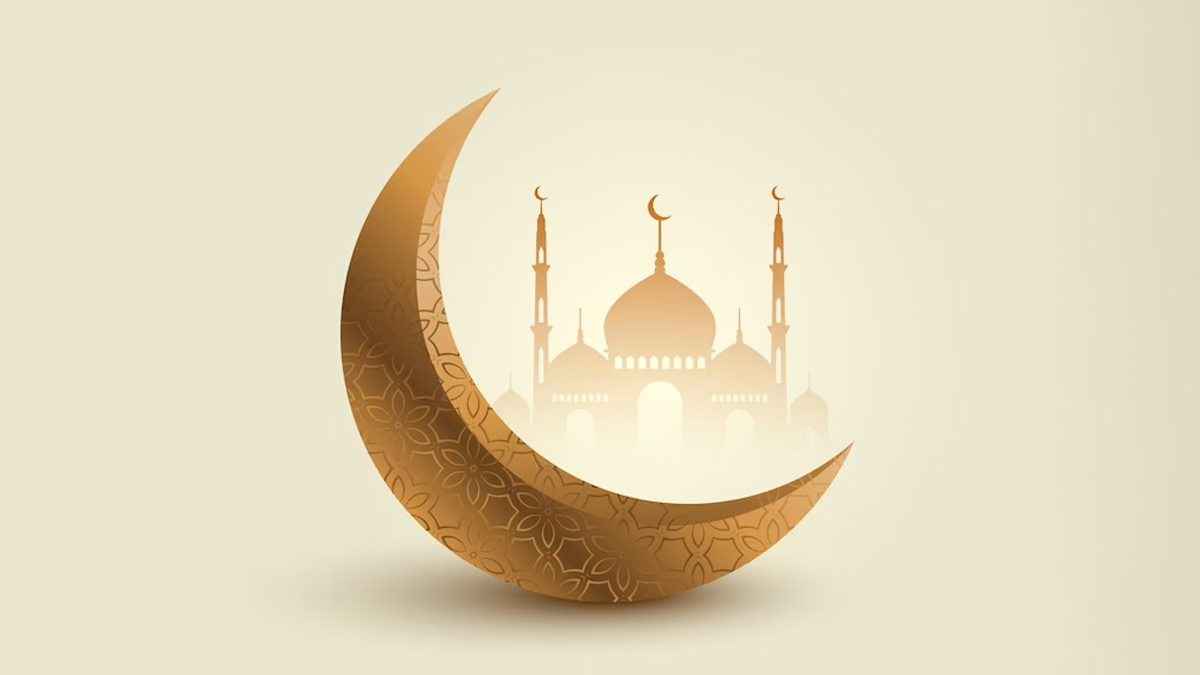
Difference Between Eid al-Fitr And Eid al-Adha: Why We Celebrate Eid Twice A Year
Do you wonder why we celebrate Eid twice a year? One is called Eid al-Fitr, and the other is referred to as Eid al-Adha. While we commonly refer to both festivals as Eid, they are quite different.
Here is your guide to understanding the difference between Eid al-Fitr and Eid al-Adha.
History Of Eid al-Fitr And Eid al-Adha

According to the Muslim Aid Media Centre, it is believed that when the Islamic Prophet Muhammad [Peace Be Upon Him (PBUH)] moved from Medina to Mecca, celebrations of the two festivals were initiated. Anas was a companion of the Prophet (PBUH). He is believed to have narrated when Prophet Muhammad (PBUH) arrived in Medina, he found people celebrating two fixed days with utmost joy and enthusiasm. He said that God himself has dedicated two days of celebrations, which later came to be known as Eid al-Fitr and Eid al-Adha.
Eid al-Fitr

Eid al-Fitr refers to the breaking of fast. It is celebrated before Eid al-Adha by Muslims all over the world. Interestingly, the holy book of the Qur’an does not mention Eid, but devotees celebrate it to mark the end of the holy month of Ramadan, in which they observe fast from dawn to sunset.
According to the Islamic calendar, Eid al-Fitr falls on the first day of Shawwal (the tenth month according to the lunar calendar). People around the world observe the holiday under different names. While Eid is the most common reference, it is also referred to as 'Lesser Eid' in some parts of the world.
Rituals Of Eid al-Fitr

The celebrations of Eid al-Fitr begin at sunset when the first crescent moon is observed around the end of the month of Ramadan (Significance Of Ramadan). If the moon is not seen post the 29th day of the previous lunar month because the sky was too bright or clouds hid it, devotees observe the festival the next day.
Depending on the country a person lives in, the celebrations extend from 1-3 days. Since people have fasted for an entire month, they are prohibited from fasting on the day of celebrations. They offer specific prayers to God and serve people in need as an act of charity, which is obligatory.
1
2
3
4
Don't Miss: Mutton Chapli Kebab Recipe
Eid al-Adha

Eid al-Adha in Arabic means a ‘Feast of the Sacrifice’, and is among the two major holidays observed by the followers of Islam. It commemorates an act of Prophet Abraham (Ibrahim), which showcased his devotion to Allah.
As an act of obedience to the command of God, he was ready to sacrifice his son Ismail (Ishmael). Seeing his devotion, God blessed him with a lamb that he sacrificed in place of Ismail.
Every year, Muslims sacrifice animals. According to Muslim Aid Media Centre, depending on the country they are living in and their beliefs, devotees sacrifice a goat, lamb, sheep, camel, bull, or cow. People ensure that the animal is in the prime of its health and over a certain age before they slaughter it.
The meat is divided into three equal parts - one part belongs to the family, the second portion belongs to friends, and the third part is donated to feed underprivileged people. Friends and families visit each other and exchange sweets (Types Of Ghewar You Should Enjoy In Monsoon) and greetings. Many people also refer to it as the 'Greater Eid'.
Following the lunar calendar, Eid al-Adha is celebrated on the 10th day of Dhu al-Hijja (the 12th and last month of the Islamic calendar). The celebrations last for at least four days.
Don't Miss: Best Recipe To Make Mutton Biryani Lucknowi Style
If you liked the story, stay tuned to HerZindagi for more.
Also watch this video
Herzindagi video
- When is Eid al-Adha 2023?
- Celebrations of Eid al-Adha will begin on June 28, 2023 (Wednesday) and continue till July 1, 2023. However, the holiday will be observed on June 29, 2023.
- What is the purpose of celebrating Eid al-Adha?
- Eid al-Adha celebrates the devotion of Prophet Abraham to Allah. It is also called the Greater Eid.
- What is Eid al-Adha called in India?
- Eid al-Adha is famously referred to as Bakr-Eid in India. It is also because most people celebrating in the country sacrifice a goat on this day.
1
2
3
4